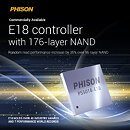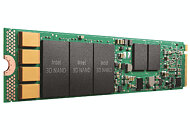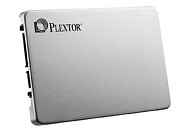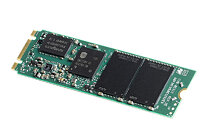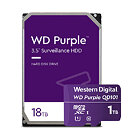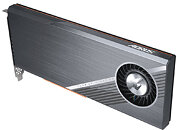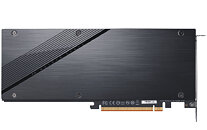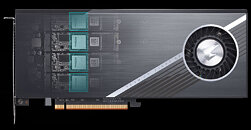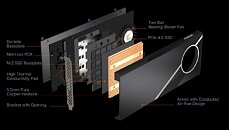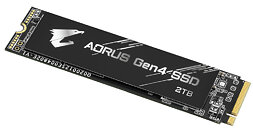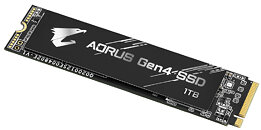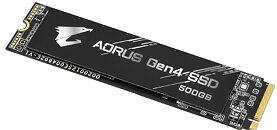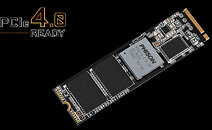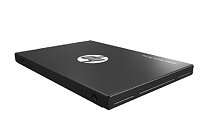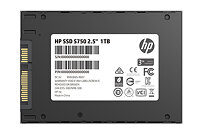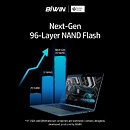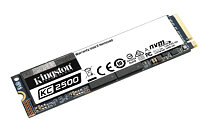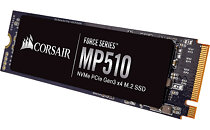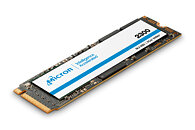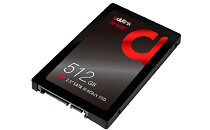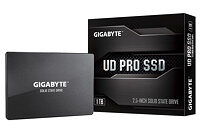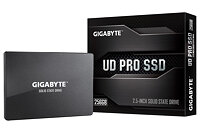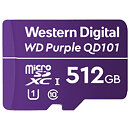
Microsoft Z1000 960 GB NVMe SSD Leaked
According to TPU's SSD database, the Microsoft Z1000 M.2 22110 form factor solid-state drive launched back in 2020—last week, well-known hardware tipster, yuuki_ans, leaked a set of photos and specifications. Their March 7 social media post showcases close-ups of a potential enterprise product—sporting a CNEX Labs CNX-2670AA-CB2T controller, Toshiba BiCS4 96-layer eTLC NAND flash dies and 1 GB Micron MT40A1G8SA-075:E DDR4 RAM cache. The mysterious storage device appears to be an engineering sample (PV1.1)—an attached label lists a possible manufacturing date of May 18, 2020, but its part number and serial code are redacted in yuuki's set of photos. PCIe specifications are not disclosed, but experts reckon that a 4.0 standard is present here (given the prototype's age).
The long form factor and presence of a CNEX Labs controller suggest that Microsoft has readied a 960 GB capacity model for usage in data servers. Unoccupied spaces on the board provide evidence of different configurations. Extra BGA mounting points could introduce another DRAM chip, and there is enough room for additional capacitors—via solder pads on both sides of the Z1000's PCB. It is speculated that 2 TB and 4 TB variants exist alongside the leaked 960 GB example—a "broad portfolio" of finalized Z1000 products could be in service right now, but the wider public is unlikely to see these items outside of Microsoft facilities.
The long form factor and presence of a CNEX Labs controller suggest that Microsoft has readied a 960 GB capacity model for usage in data servers. Unoccupied spaces on the board provide evidence of different configurations. Extra BGA mounting points could introduce another DRAM chip, and there is enough room for additional capacitors—via solder pads on both sides of the Z1000's PCB. It is speculated that 2 TB and 4 TB variants exist alongside the leaked 960 GB example—a "broad portfolio" of finalized Z1000 products could be in service right now, but the wider public is unlikely to see these items outside of Microsoft facilities.




















